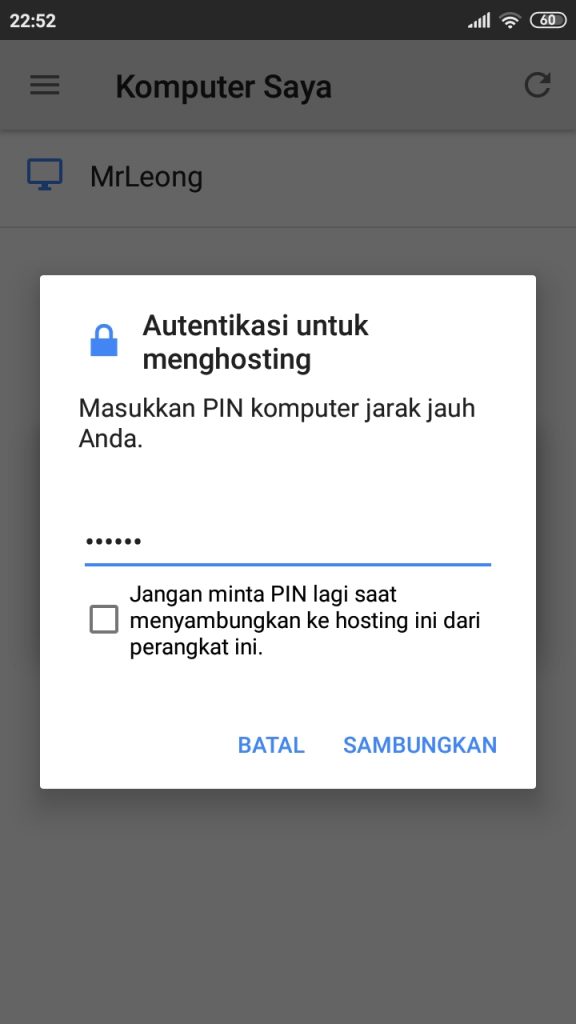

Backup the original configuration: sudo cp /opt/google/chrome-remote-desktop/chrome-remote-desktop /opt/google/chrome-remote-desktop/chrome-remote-desktop.origģ. Stop Chrome Remote Desktop: /opt/google/chrome-remote-desktop/chrome-remote-desktop -stopĢ. Post-Install Configuration (Setting up Displays)ġ. If running ElementayOS you will also need to add the following to the file: DESKTOP_SESSION=pantheonĥ. desktop file): exec /usr/sbin/lightdm-session "gnome-session -session=pantheon"Ĥ. Within the chrome-remote-desktop-session file enter the following (make sure to use your respective distro. For example, ElementaryOS has a file named Pantheon with the following command: gnome-session -session=pantheon.ģ. You will need to create a remote desktop session file in your home directory: gedit ~/.chrome-remote-desktop-sessionĢ. sudo usermod -a -G chrome-remote-desktop $USERġ. You will need to add yourself to the chrome-remote-desktop group then reboot for the changes to take effect.
#Chrome remote desktop pin install
If the initial installation attempt will fail, simply run sudo apt install -f to fix the missing dependencies and to complete the installation.

Then install it by running: sudo apt install.

deb for remote desktop with the following command in terminal: wget Ģ. Click Launch App and the remote desktop app window should open. Navigate to Chrome Remote Desktop Web Store and install it by clicking Add to Chrome.Ģ.


 0 kommentar(er)
0 kommentar(er)
